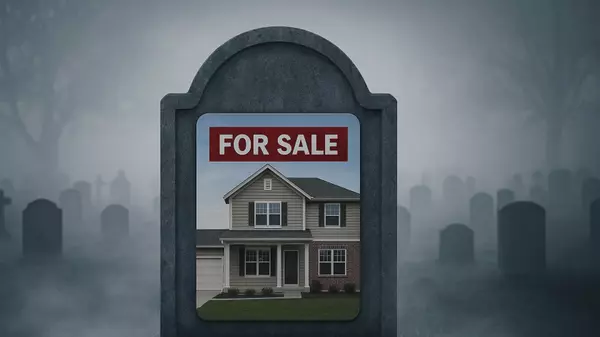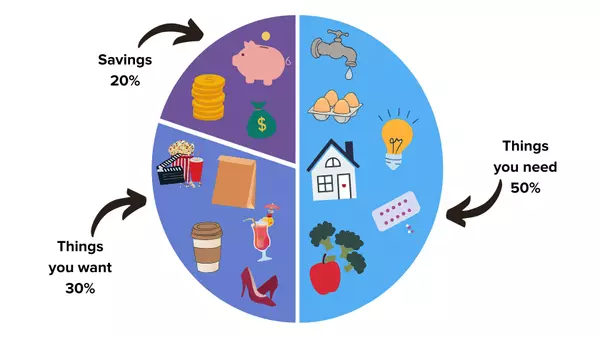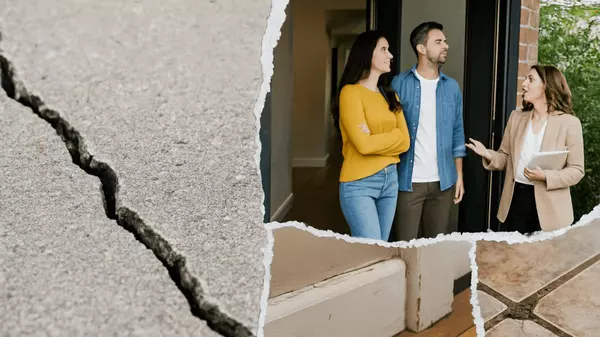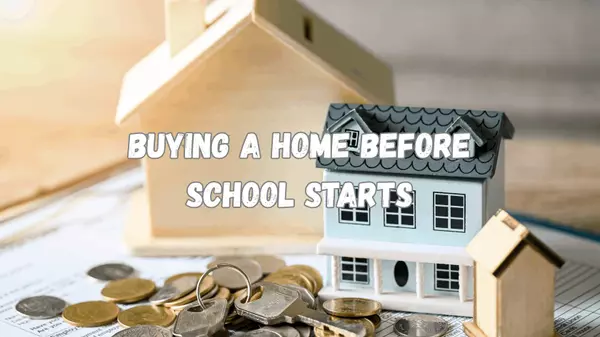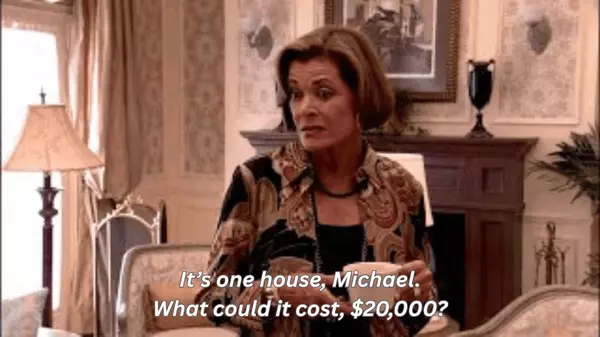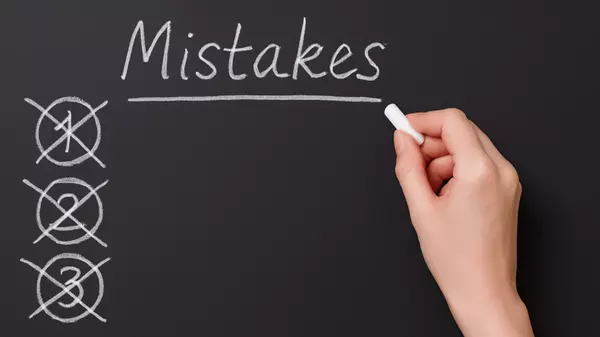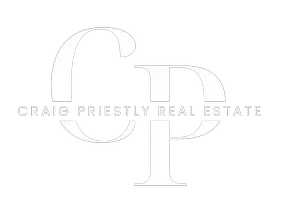The 3 Pricing Strategies Every Seller Should Know
If your home didn’t sell the first time, or you’re thinking about listing soon, there’s one question that can make or break your entire experience:
How do you price your home?
Not “what’s it worth” on Zillow. Not “what you need to net” to buy your next home. Not even “what the neighbor’s house sold for.”
We’re talking about a real pricing strategy, one based on data, buyer behavior, and your goals.
Unfortunately, a lot of agents don’t have one.
Instead, they lean into the number you want to hear, list the property, and hope for the best. But hope isn’t a strategy. And it’s showing in the data.
A Rise in Delistings
According to Realtor.com, delistings surged 47% in May compared to last year. That means homeowners across the country are pulling their homes off the market in frustration, many of them after weeks of no showings, no offers, or disappointing price reductions.
Even with inventory on the rise and more buyers getting off the sidelines, sellers are finding themselves stuck with outdated price expectations, while the market has already moved on.
If you’ve ever thought, “I’ll just wait for the right buyer,” or “Maybe I should try again next season,” you’re not alone.
But before you list (or relist) your home, there’s one thing you need to understand:
You need a plan.
And that plan starts with understanding the three pricing strategies every seller should know.
1. Aspirational Pricing
This strategy is exactly what it sounds like: pricing high and hoping the right buyer comes along. It’s a bold move that only works in certain conditions, usually when there are no solid comparable sales (comps) or demand is red-hot.
When it might make sense:
-
You’re in a one-of-a-kind property with no true comps
-
You’re not in a rush to sell
-
You’re testing the market with a Plan B in place
Here’s the risk:
Aspirational pricing without a strong marketing strategy can backfire. It shrinks your buyer pool and can lead to more days on market and price reductions.
2. Comp-Based Pricing
This is the most common strategy. It’s based on recent sales of similar homes, also known as comps. These are also what an appraiser would use to determine value. It protects you from overpricing and helps your home show up in buyer searches where it matters most.
When it makes sense:
-
You’re in a neighborhood with recent, relevant sales
-
You want to attract serious buyers quickly
-
You’re motivated to sell within a specific timeline
What most sellers don’t realize:
There’s still room for flexibility. In fact, smart agents break comp-based pricing into sub-strategies:
-
High side of comps: Maximize value if demand is strong
-
Mid-range comps: Balance visibility and price
-
Low side of comps: Win attention in a crowded market
3. Event-Like Pricing
This strategy is designed to create urgency and drive competition by pricing just below comps, almost like a flash sale for real estate. The goal is to attract as many buyers as possible, fast.
When it makes sense:
-
You’re listing in a hot season (like spring)
-
You want to sell quickly or spark a bidding war
-
You’re targeting first-time buyers or investors
Why it works:
Buyers are drawn to deals. And when they see value, they act. Homes priced with this strategy often generate more tours, more offers, and ultimately, a stronger negotiation position.
Don’t List Without a Plan
A pricing strategy isn’t just a number. It’s a plan.
It should be paired with:
-
A marketing strategy (not just photos and MLS)
-
A timeline strategy (based on your move-out goals)
-
A Plan B (in case the market shifts or your plans change)
The best decisions come from having all the right information upfront. If you're thinking about selling, make sure your strategy is built around your goals, not guesses.
Categories
Recent Posts
